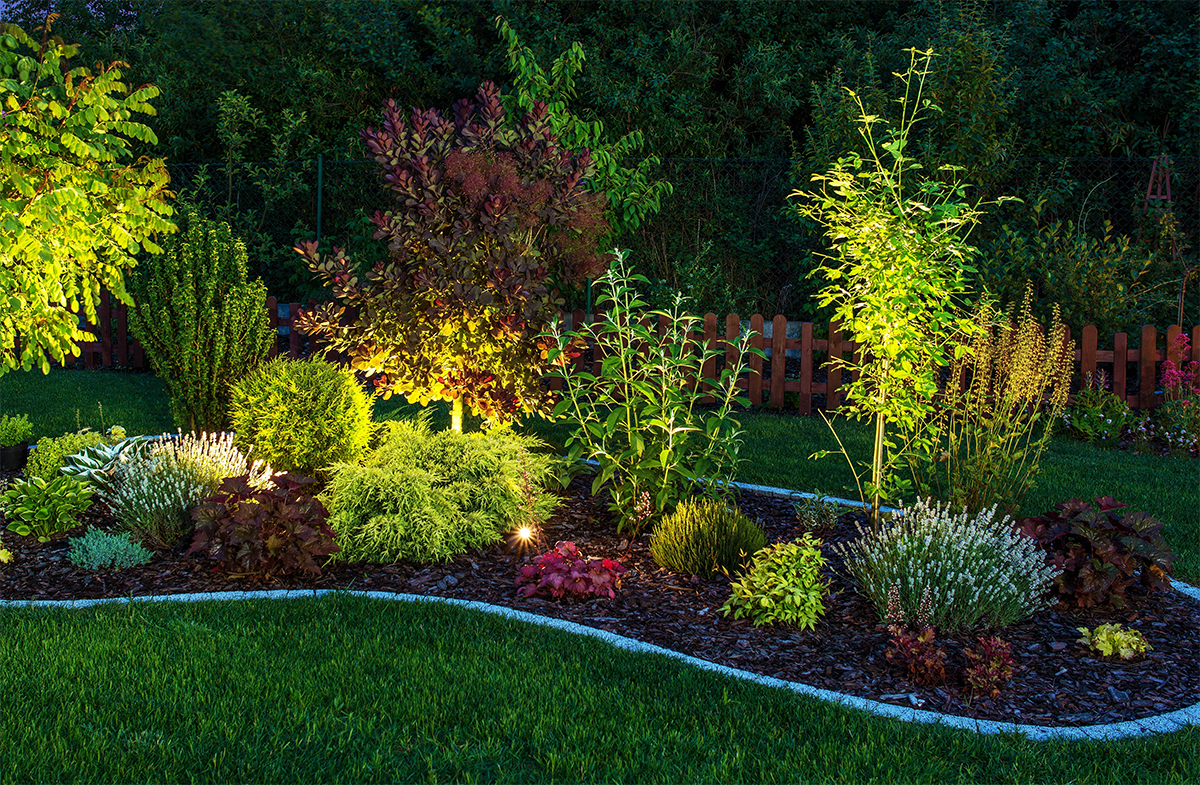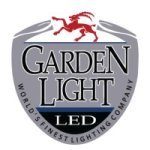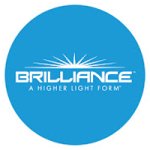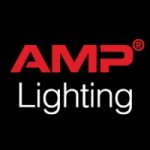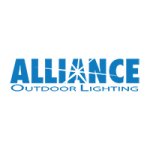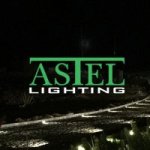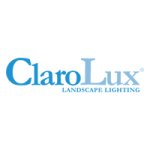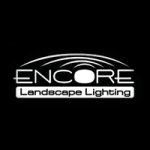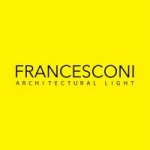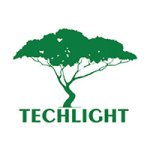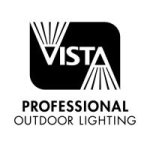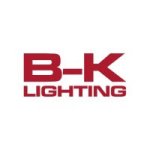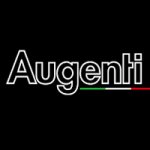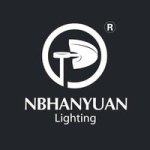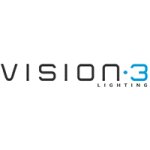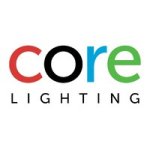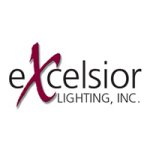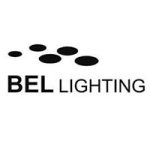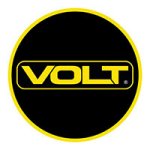Landscape spotlights: sculpting light to enhance outdoor beauty
A landscape spotlight is a directional
outdoor lighting fixture designed to focus and project a concentrated beam of light onto specific elements within a landscape. Positioned strategically, these spotlights provide targeted illumination to accentuate features such as trees, plants, sculptures, architectural details, or other focal points in the outdoor environment. Characterized by their precision, landscape spotlights allow for the creation of visual interest and ambiance by highlighting selected elements while maintaining a controlled and directed lighting effect. These fixtures are often adjustable, providing flexibility in showcasing different aspects of the outdoor space.
Aesthetic enhancement
Landscape spotlights are designed to highlight and accentuate specific features within a landscape, such as trees, plants, architectural details, or sculptures. By doing so, they contribute to the aesthetic appeal of the outdoor space. Through precision in illumination and emphasis on visual focal points, the contrast between illuminated features and the darkness of the surroundings can be striking, enhancing the overall ambiance and making the landscape visually appealing even after sunset. Whether it's a majestic tree, a well-designed garden, or a piece of art, spotlights draw the viewer's attention to these focal points, creating a curated visual experience. The play of light and shadow created by the spotlights adds depth and visual interest, enhancing the beauty and character of the surroundings. The intentional use of landscape spotlights enhances the overall outdoor experience. Whether it's a residential garden, a public park, or a commercial space, the strategic placement of spotlights elevates the visual quality of the environment, creating a more enjoyable and aesthetically pleasing outdoor setting.
Functional lighting
Beyond aesthetics, landscape spotlights serve a functional role in enhancing safety by providing visibility in outdoor spaces during nighttime. Well-lit pathways, stairs, and key areas contribute to a safer environment. Adequate lighting is known to deter intruders and enhance security. Landscape spotlights, when strategically placed, contribute to the security of the property. The arrangement and use of spotlights contribute to the visual composition of the landscaped area. By directing light to specific elements, designers can create visually interesting scenes and focal points. The combination of directed light and the highlighting of specific landscape features contributes to the overall ambiance of the outdoor space. This is especially important for creating a pleasant and inviting environment. Well-designed
landscape lighting, including spotlights, can enhance outdoor events and entertainment by providing both practical illumination and a visually appealing backdrop.
Spotlights are versatile tools in
landscape lighting design, offering a range of techniques to enhance the aesthetics and functionality of outdoor spaces. Their ability to provide focused and directional illumination makes them instrumental in highlighting, defining, and beautifying various elements within the landscape.
Accent lighting
Spotlights are frequently used for accent lighting, where they focus on highlighting specific features or points of interest within the landscape. Whether it's a tree, a sculpture, architectural elements, or other noteworthy details, spotlights draw attention to these focal points, adding emphasis and visual interest.
Uplighting
Spotlights placed at ground level can be directed upward to create uplighting effects. This technique is often used to illuminate tall trees, columns, or architectural structures from below, casting dramatic shadows and enhancing the vertical elements in the landscape.
Downlighting
In contrast to uplighting, spotlights positioned above the target area can create downlighting effects. This technique involves casting light downward onto specific features, such as pathways, garden beds, or outdoor seating areas. Downlighting can provide a soft and even illumination, enhancing visibility and safety in these areas.
Silhouetting
Silhouetting is achieved by placing spotlights behind an object, casting its shadow onto a vertical surface, such as a wall or fence. This technique is often used for highlighting the distinctive shapes of trees, sculptures, or architectural elements, creating a striking silhouette effect.
Moonlighting
Moonlighting involves placing spotlights high in trees or on elevated structures to simulate the soft and diffuse illumination of moonlight. This technique creates a natural and gentle lighting effect, ideal for outdoor spaces where a subtle ambiance is desired.
Cross lighting
Cross lighting employs spotlights from different angles to illuminate a specific feature from multiple directions. This technique is effective for minimizing shadows and providing even illumination on objects, such as statues or garden focal points.
Grazing
Grazing involves placing spotlights close to a textured surface, such as a stone wall or tree bark, to accentuate the surface details. Spotlights graze along the surface, creating highlights and shadows that enhance the texture and create a visually appealing effect.
Path lighting
Spotlights can be used for practical purposes such as path lighting. Placing spotlights along pathways helps define the route, ensuring safety and visibility during the night. The focused beams of spotlights can guide individuals along the path without causing glare.
Color washing
By using colored filters or
LED bulbs, spotlights can be employed to wash specific areas with colored light. This technique allows for the creation of vibrant and dynamic lighting effects, adding a touch of color to the landscape.
Dynamic lighting
Spotlights are often used in dynamic lighting schemes where the intensity, color, or direction of the light can be adjusted or programmed. This dynamic capability allows for creating different moods and atmospheres in the landscape, especially in settings where the lighting needs may change over time.
Embracing the LED era
Whether it's precision, energy efficiency, versatility, compact design, or advanced control options,
LED technology complements the specific needs and objectives of spotlighting, making them an ideal pairing in the realm of contemporary landscape lighting design. Spotlighting is about focusing light on a specific area or object, and LEDs excel in providing directional and focused illumination. As spotlighting often involves continuous operation, the energy efficiency of LEDs becomes particularly advantageous, leading to energy savings. In spotlighting applications, where accessibility for maintenance may be challenging, the long life of LEDs reduces the need for frequent replacements. The small size of LEDs enables the creation of sleek and modern spotlight fixtures with flexible design options. Many LED spotlight fixtures are dimmable, offering control over the intensity of light and allowing for dynamic lighting effects. This versatility in color configuration allows for creative and customizable lighting effects in spotlighting applications, catering to different design preferences and moods. LED technology integrates seamlessly with modern
lighting control systems. This adaptability allows for the implementation of smart spotlighting solutions, enabling remote control, automation, and integration with
smart home systems.
Lamp-based vs. integrated LED systems
While both lamp-based and integrated LED systems are used for white LED spotlights in landscape lighting, the trend is leaning toward integrated systems due to their design flexibility, longevity, and advancements in LED technology. In lamp-based systems, the LED technology is housed in a replaceable lamp or bulb. These systems typically consist of a separate LED lamp that can be inserted into a compatible fixture or housing. The lamp-based approach allows for easier replacement when the LED source reaches the end of its lifespan or requires an upgrade. Integrated LED systems incorporate an LED module where the LED packages,
heat sink, and other components are part of a single, cohesive unit. Integrated LED systems often have longer lifespans and require less maintenance than lamp-based systems. They offer designers more freedom in creating sleek and compact fixtures, as the LEDs can be integrated seamlessly into the design without the need for accommodating replaceable lamps. Integrated LED spotlights may incorporate advanced features, such as
smart controls, color-changing capabilities, or specific optical designs that are tailored to the fixture.
System integration
In integrated LED systems, the interdependence of thermal, optical, and control systems is crucial for achieving optimal performance and longevity in landscape LED spotlights. The
thermal design must provide features like heat sinks that help conduct heat away from the LED components. The design and efficiency of the heat sink influence the spotlight's ability to operate within optimal temperature ranges. The optical design of landscape LED spotlights is critical for achieving precise, controlled, and aesthetically pleasing lighting effects. The luminous quality is essential when accentuating specific landscape elements or creating defined lighting effects. The critical nature of power regulation in landscape LED spotlights lies in its impact on energy efficiency, light output consistency, LED lifespan,
color stability, dimming capabilities, compatibility with control systems. The
LED driver ensures consistent current to the LEDs, contributing to their longevity and stable performance. The control system encompasses features related to adjusting the intensity of the light, such as dimming capabilities. It may allow for control over
color temperature and
RGB color mixing, enabling dynamic adjustments to match the desired ambiance or specific lighting requirements. The integration of smart controls allows for the implementation of smart landscape lighting solutions.
Power supply
The diverse range of power sources for landscape LED spotlights allows for flexibility in installation, customization, and addressing specific requirements of
outdoor lighting projects. Hardwired LED spotlights may use low-voltage power (e.g., 12V or 24V) for safety and energy efficiency. Line voltage systems operate at the standard voltage of the electrical grid (such as 120V or 240V). Line voltage systems may be preferred for installations where voltage drop over longer cable runs is a concern. Solar-powered LED spotlights operate independently from the electrical grid. The preference for
solar LED spotlights in landscape lighting is driven by the desire for sustainability, energy efficiency, reduced operating costs, and ease of installation. Some LED spotlights in landscapes use
rechargeable batteries as their power source. Hybrid systems utilizes a combination of power sources, such as being hardwired with the option for solar or battery backup.
Built to endure
Outdoor environments subject LED spotlights to various weather conditions, including rain, snow, wind, and sunlight. Landscape LED spotlights must be designed with weather-resistant and waterproof features to withstand exposure to the elements, ensuring durability and longevity. Corrosion resistance is crucial for maintaining structural integrity and preventing rust, especially in regions with high humidity or salt exposure. LED spotlights must be constructed from corrosion-resistant materials to prevent degradation over time. UV-resistant coatings or materials should be employed to mitigate the impact of prolonged sun exposure and maintain the aesthetic quality of the spotlights.
